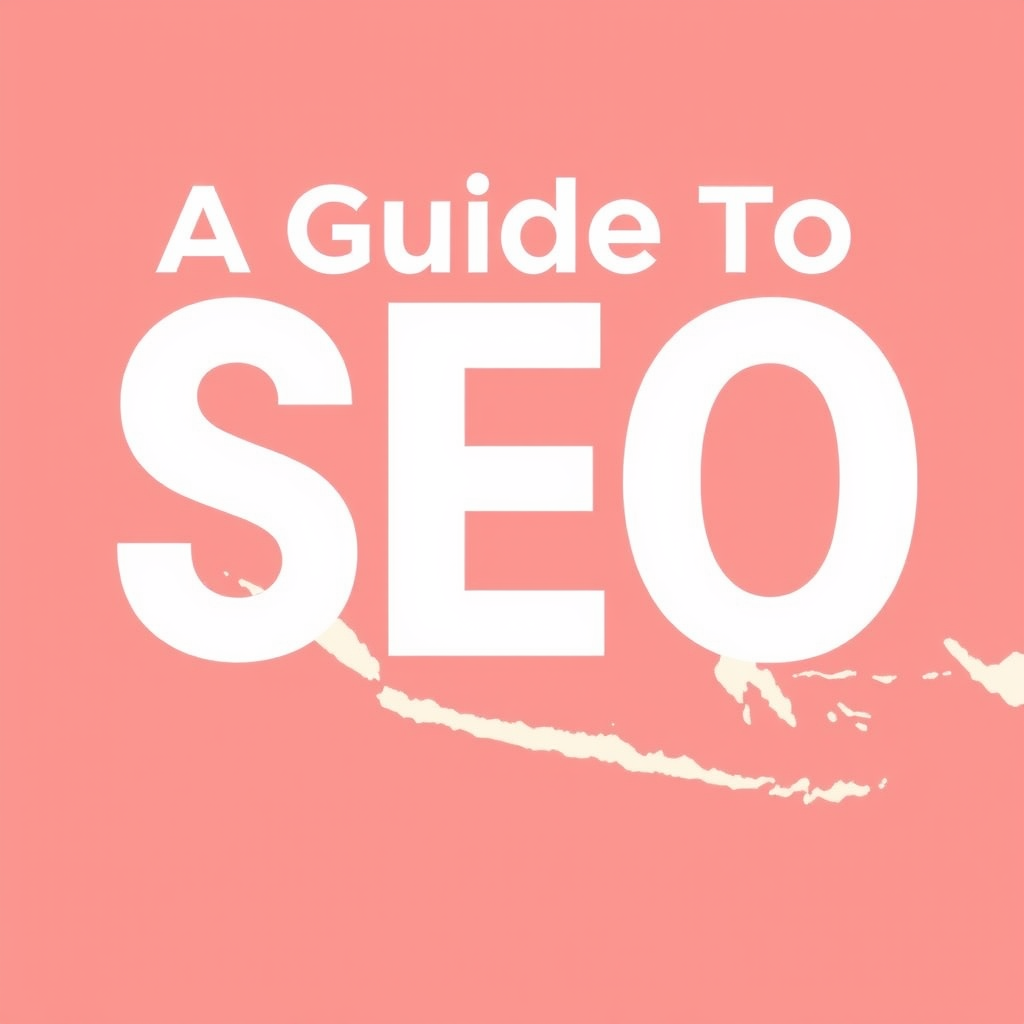
A Comprehensive Guide to International SEO and Hreflang Tags
In today’s globalized digital landscape, reaching an international audience is crucial for business growth. International SEO is the process of optimizing your website to rank higher in search results for specific countries and languages. A key component of this strategy is the implementation of hreflang tags. This guide will provide a detailed understanding of international SEO and how to effectively use hreflang tags to target your desired audience, improve your search engine rankings, and avoid duplicate content issues.
Table of Contents
- What is International SEO?
- Why are Hreflang Tags Important?
- How to Implement Hreflang Tags
- Common Hreflang Mistakes to Avoid
- Testing Your Hreflang Implementation
- International SEO Best Practices
- Frequently Asked Questions (FAQs)
- Ready to Expand Your Global Reach?
What is International SEO?
International SEO is the process of optimizing your website to target users in different countries and languages. It goes beyond simply translating your content; it involves tailoring your website’s structure, content, and technical aspects to meet the specific needs and preferences of your target audience. This can include using country-specific domain names (ccTLDs), targeting local keywords, and adapting your website’s design to resonate with the cultural norms of your target market.
Why are Hreflang Tags Important?
Hreflang tags are HTML attributes that tell search engines like Google which language and geographical region a specific page is intended for. They are crucial for several reasons:
* **Avoiding Duplicate Content Penalties:** When you have similar content in different languages, search engines might see it as duplicate content, which can negatively impact your rankings. Hreflang tags signal that these pages are versions of the same content targeted to different audiences.
* **Improving User Experience:** Hreflang tags ensure that users are directed to the most appropriate version of your website based on their language and location settings. This leads to a better user experience and increased engagement.
* **Boosting Search Engine Rankings:** By properly implementing hreflang tags, you’re helping search engines understand the structure of your website and serve the right content to the right users, which can improve your rankings in relevant search results.
How to Implement Hreflang Tags
Correct implementation is critical for hreflang tags to function effectively. Here’s a breakdown of how to implement them:
Hreflang Syntax and Values
The hreflang attribute uses a specific syntax to indicate the language and optional geographical region. The basic format is:
“`html “`
* **`language`:** A two-letter ISO 639-1 language code (e.g., “en” for English, “es” for Spanish).
* **`country`:** An optional two-letter ISO 3166-1 Alpha 2 country code (e.g., “US” for United States, “ES” for Spain).
Examples:
* `` (English, targeted to the United States)
* `` (Spanish, targeted to Spain)
* `` (French, for all French-speaking regions)
* `` (Default page, used when no other language/region matches the user’s settings)
Methods of Implementation
There are three primary ways to implement hreflang tags:
HTML Tags
This is the most common method. You add the hreflang tags within the `
` section of each HTML page. Each version of the page must include hreflang tags pointing to all other versions, including itself (self-referencing tag).
Example:
“`html
“`
HTTP Headers
This method is suitable for non-HTML files like PDFs. You include the hreflang information in the HTTP header of the file.
Example:
“`
Link:
“`
XML Sitemap
You can also include hreflang information in your XML sitemap. This involves adding `
Example:
“`xml
“`
Common Hreflang Mistakes to Avoid
Implementing hreflang tags incorrectly can lead to serious SEO issues. Here are some common mistakes to watch out for:
* **Missing Return Tags:** Each version of a page must link back to all other versions. This reciprocal linking is crucial for search engines to understand the relationships between the pages.
* **Incorrect Language or Country Codes:** Using invalid or incorrect language/country codes will render the hreflang tags useless. Double-check your codes using the ISO standards.
* **Inconsistent URLs:** Ensure the URLs in your hreflang tags are accurate and accessible. Typos or broken links can prevent search engines from correctly interpreting the tags.
* **No `x-default` Tag:** The `x-default` tag is essential for specifying a default page to show users when no other language/region matches their settings. Omission can negatively impact the user experience.
* **Blocking Search Engines:** Make sure your robots.txt file isn’t blocking search engines from crawling your localized pages.
Testing Your Hreflang Implementation
After implementing hreflang tags, it’s important to test their accuracy. Several tools can help you with this:
* **Google Search Console:** Google Search Console provides reports on hreflang errors and warnings. Regularly check these reports to identify and fix any issues.
* **Hreflang Tag Generators and Validators:** Online tools can generate hreflang tags based on your input and validate existing tags for errors.
* **Crawling Tools:** Website crawling tools can identify hreflang implementation errors across your entire website.
International SEO Best Practices
Beyond hreflang tags, here are some general best practices for international SEO:
* **Use Country-Specific Domain Names (ccTLDs):** If possible, using ccTLDs (e.g., .de for Germany, .fr for France) can significantly improve your rankings in those countries.
* **Conduct Keyword Research in Target Languages:** Don’t just translate your English keywords. Research the keywords that your target audience actually uses in their native language.
* **Localize Your Content:** Adapt your content to the cultural norms and preferences of your target audience. This includes using local idioms, currency, and measurement units.
* **Build Local Backlinks:** Acquire backlinks from reputable websites in your target countries. This can help improve your website’s authority in those regions.
* **Optimize for Local Search Engines:** Different countries may use different search engines. Optimize your website for the search engines that are popular in your target markets.
* **Consider a Content Delivery Network (CDN):** A CDN can improve your website’s loading speed for users in different geographical locations, enhancing the user experience.
As we at Doterb firmly believe, “Efficient systems are born from collaboration between strategy and technology.”
Frequently Asked Questions (FAQs)
Here are some frequently asked questions about hreflang tags and international SEO:
* **Q: Do I need hreflang tags if I only have one language on my website?**
* **A:** No, hreflang tags are only necessary when you have multiple language versions of your website.
* **Q: Can I use hreflang tags to target specific cities?**
* **A:** No, hreflang tags are designed for targeting languages and countries, not specific cities. You can use other SEO techniques, such as local citations, to target specific cities.
* **Q: What is the difference between `hreflang=”en”` and `hreflang=”en-US”`?**
* **A:** `hreflang=”en”` targets all English-speaking users, while `hreflang=”en-US”` specifically targets English-speaking users in the United States.
* **Q: Is it ok to only use ccTLDs for International SEO and skip the hreflang tags?**
* **A:** While ccTLDs can be effective, it’s still highly recommended to use hreflang tags, especially if content overlap exists across regions/languages. ccTLDs indicate geographical focus, but hreflang tags clarify the language and user intent.
Ready to Expand Your Global Reach?
Implementing international SEO and hreflang tags can be complex, but it’s essential for reaching a global audience. If you’re looking to expand your online presence internationally and need expert assistance with website localization, system integration, or digital transformation strategies, the Doterb team is here to help. We can guide you through the process, ensuring your website is optimized for success in international markets.
If your business needs an efficient website or digital system, contact the Doterb team today. Let us help you unlock your international potential!
